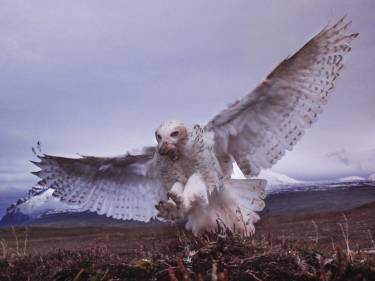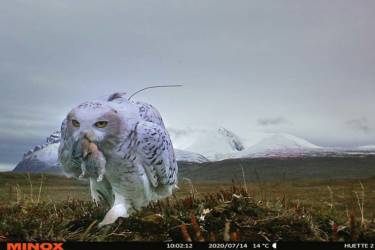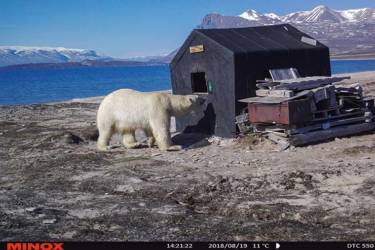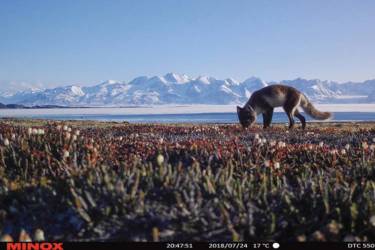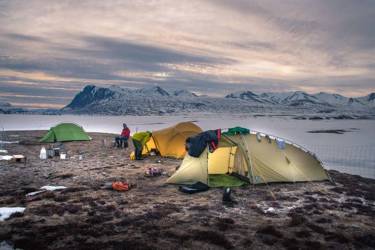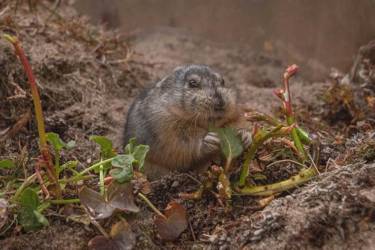Winter lasts nine months here. And Central Euro-peans would shudder at what is considered summer in this region. Storms reach wind speeds of up to 260 km/h and on calm days, swarms of mosquitoes make being outside for longer periods of time torture. The north-eastern coast of Greenland, which is one of the Earth’s most extreme landscapes, is home to the world’s largest national park. With a total area of 956700 km², it is bigger than France and the UK combined.
Here at the Arctic Circle, we researchers are dependent on our technical equipment being able to function reliably, even in extreme weather conditions.


